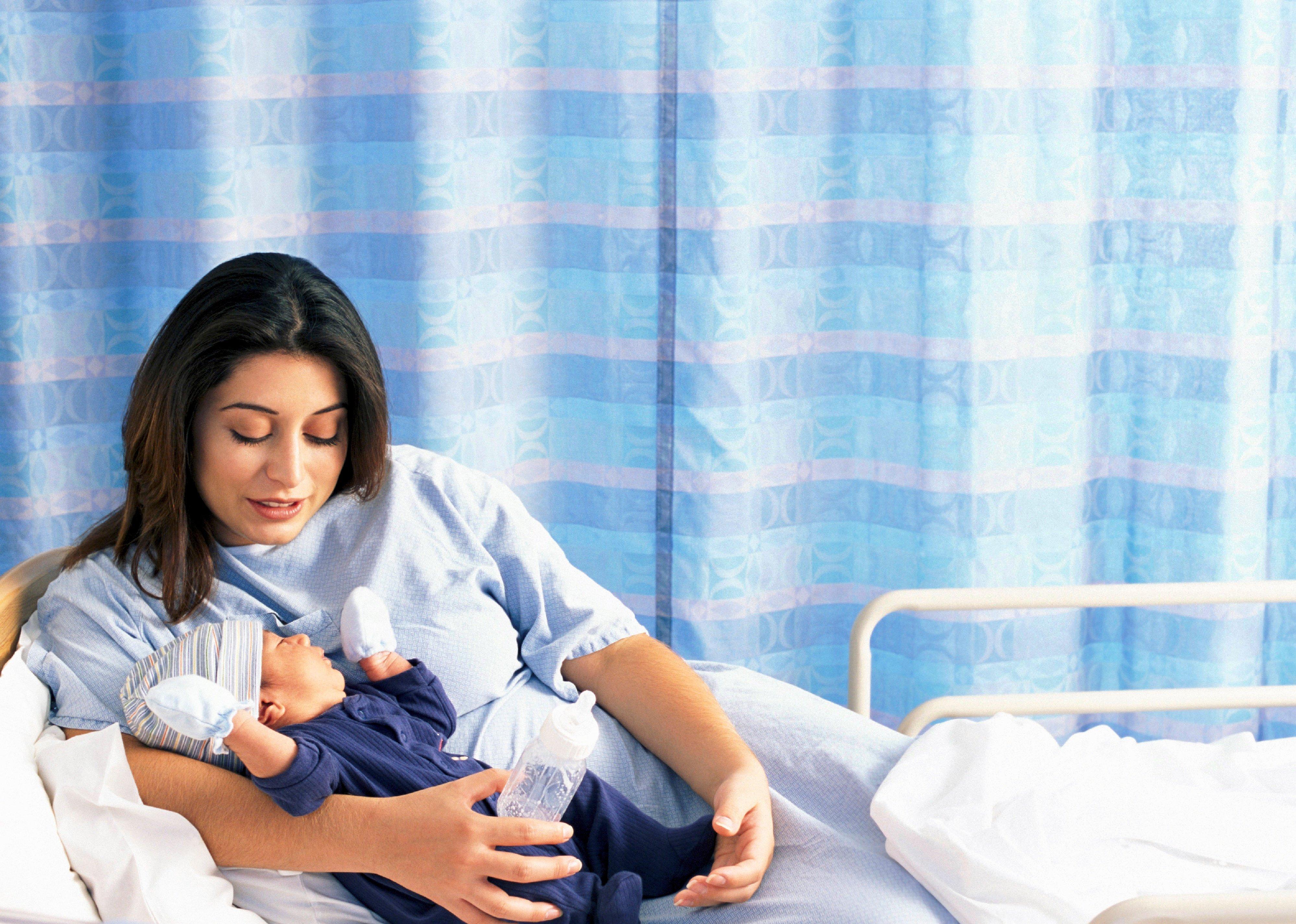
See how many people in Alaska live in a maternal health care desert
See how many people in Alaska live in a maternal health care desert
Compared to other developed nations, the United States regularly ranks among the worst countries for maternal and infant health outcomes. Childbirth outcomes are often tied to a birthing parent's circumstances, fueling wide disparities at the geographic, demographic, and income levels.
Research has shown that access to prenatal care, family planning services, and other contraceptive resources decreases maternal and infant mortality. However, an increasing number of counties throughout the country are losing access to obstetric care. Aging populations, limited staff, and low reimbursement rates for Medicaid patients are factors that have made rural hospital birth units costly to operate.
Stacker followed the March of Dimes' definition of a maternity care desert, including counties with no hospitals with obstetric care, OB/GYNs, or certified nurse-midwives. To identify affected counties, Stacker analyzed the Area Health Resource Files from the Health Resources and Services Administration and merged this data with county-level birth data collected by the National Vital Statistics System to calculate how many births in each state are to parents who live in maternal health care deserts.
Stacker also used 2020 Census population data to calculate what percentage of a state's population lives in counties without access to maternal health care. Although maternal health care deserts have a disproportionate impact upon people between the ages 15-44 who can get pregnant, Stacker used population data across all sexes and ages to include county-level demographic data and more deeply compare racial disparities.
Keep reading to learn about the challenges facing maternal health care in your state and how state policies and community-driven programs seek to bridge rural and demographic health care disparities, or find the national list here.
Alaska by the numbers
- Percent of state's births to parents who live in maternal health care deserts: 12.4% (1,193 births)
- Population who lives in maternal health care desert: 12.2%
--- 7.6% of state's white population
--- 5.0% of state's Black population
--- 34.6% of state's Native American/Alaska Native population
--- 9.0% of state's Hispanic population
--- 6.3% of state's Native Hawaiian/Pacific Islander population
--- 14.3% of state's Asian population
Alaska has a lower maternal mortality rate than the rest of the country, at 8.3 per 100,000 live births. However, for the Alaska Native population, this figure jumps to 19.2 per 100,000 live births. The Indian Health Service is the primary provider of culturally conscious health care in indigenous communities, but its limited funding means facilities don't always provide obstetric care. Pregnant Indigenous people who travel to seek care from traditional hospitals may also find institutional racism ingrained in their treatment.
Beyond racial disparities, some communities in Alaska are not even within driving distance of a hospital with obstetric services. Facilities have sought to bridge these gaps, like a prematernal home in Bethel where pregnant people from interior regions can live for a month before their due date.
Even in areas with access to maternal care, other challenges like poverty, limited transit, lack of insurance, and systematic racism can put families at risk of poor maternal and infant health outcomes. Estimates from the CDC show that 60% of pregnancy-related deaths in the U.S. are preventable, but inadequate treatment and identification of health risks contribute to hundreds of maternal deaths annually.
Pregnant Black people face disproportionate risks when giving birth. The infant mortality rate for Black children in the U.S. is double the rate for white children. Maternal mortality rates show similarly grim patterns, with 44 deaths per 100,000 live births among Black people compared to 17.9 per 100,000 live births for white people.
Continue reading to see the states that have the most and fewest people living in maternal health care deserts.
States where the most people live in maternal health care deserts
#1. Mississippi: 23.6% of state's births to parents who live in maternal health care deserts (8,484 births)
#2. South Dakota: 23.2% of state's births to parents who live in maternal health care deserts (2,715 births)
#3. Kentucky: 22.4% of state's births to parents who live in maternal health care deserts (11,821 births)
States where the fewest people live in maternal health care deserts
#1. California: 0.3% of state's births to parents who live in maternal health care deserts (1,127 births)
#2. New York: 0.3% of state's births to parents who live in maternal health care deserts (730 births)
#3. Arizona: 0.4% of state's births to parents who live in maternal health care deserts (311 births)



